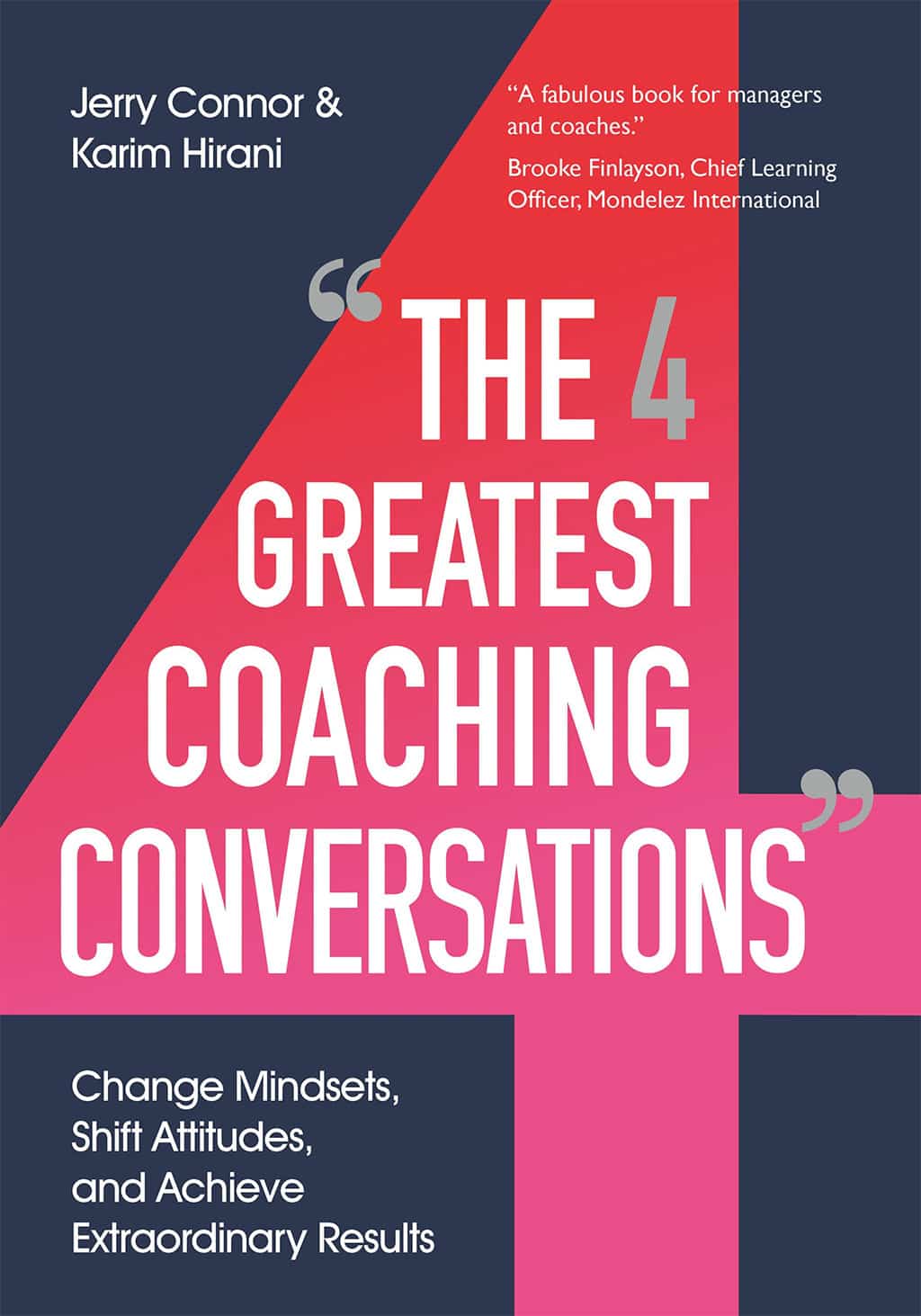This Simple Conversation Can Help Employees Fight Stress and Build Resilience

Work is the most common source of stress for adults in the U.S., stemming largely from employees’ perception that they have many demands placed on them but very little control. Recent studies show that 40% of American workers find their jobs very or extremely stressful, and more than one-third report that their health is suffering as a direct result.
Job-related stress can lead to heart attacks, hypertension, anxiety, and depression. In addition to being a public health crisis, the rise in stress at work has economic implications: employee turnover, absenteeism, and diminished productivity, which costs the U.S. economy $300 billion per year.
At an individual level, developing resilience can be the antidote to job stress. People who can respond rapidly to a threat and then recover just as quickly are better able to cope with stressful situations, as resilience expert Dennis Charney and his team found in their foundational study of U.S. Special Forces soldiers. In other words, they’re more resilient. In the case of these elite soldiers, they have a heightened ability to stay positive in the face of adversity. And because they can deal with the stress, they learn and adapt more quickly to challenges.
Of course, some people are naturally more resilient than others: Charney has identified several factors that can lead to greater resilience overall: social support, personal growth, and “realistic optimism.” It’s perhaps no wonder our research shows that one of the most powerful coaching conversations managers can introduce is around building resilience.
How Resilience Combats Job Stress
While chronic stress can wreak havoc on a person’s health, the stress response is an evolutionary adaptation that enabled humans to survive as a species. Stress affects our bodies on a molecular level: When we’re faced with a life-threatening situation, the sympathetic nervous system triggers a cascade of events commonly known as the “fight or flight” response. The parasympathetic nervous system is designed to quickly calm the body and return it to its natural state.
Resilience allows us to adapt to stress and learn from and bounce back from setbacks, but not everyone comes into the workforce with the same reserves. Fortunately, resilience is like a muscle that can be toned and developed — and leaders can coach their employees to build it.
Helping employees build resilience has clear and measurable business outcomes. Highly resilient workers have 46% less perceived stress and are the least susceptible to burnout. Resilience is associated with lower absenteeism, higher job satisfaction, and higher employee engagement. Given the increased productivity and better interpersonal skills of resilient employees, it’s in every company’s best interest to nurture a resilient workforce.
Coaching Resilience
Leaders can help their teams build resilience by initiating conversations with the goal of empowering employees. Here’s how to help employees respond more effectively to challenging situations and recover from setbacks:
- Learn to recognize negative self-talk.To have meaningful conversations, leaders must first learn to recognize when their employees are feeling stressed, anxious, or disengaged. Listen for defeatist language such as “I can’t” or “That won’t work,” and instances where they may be judging themselves too harshly (“I should have,” “I always”). When you hear phrases like these, it may be an opportunity to have conversations that can help shift an employee’s mindset.
- Initiate the conversation.Sometimes an employee will initiate a conversation by owning up to a sales call or presentation that went poorly. If not, it’s up to you to ask, “How did you feel that went?” If the employee admits that it could have gone better, follow up by asking where it started to go wrong. Quite often a stressful situation doesn’t stem come from the circumstances themselves, but rather the employees’ perceptionsof circumstances.
- Revisit the moment when things went wrong.Once you get into a conversation about how the situation began, ask the employee to revisit how he felt in that moment. Use questions like, “How did you feel when the client said …?” or “What were you telling yourself when …?” This can encourage the employee to open up about the self-limiting beliefs that contributed to a poor performance.
- Illuminate patterns of compulsive thinking.All too often, we can get caught in a cycle of compulsive thinking, and the stories we tell ourselves about an event become much worse than reality. You can think of this state as being “in the box.”
An employee who feels briefly anxious at the start of a meeting might worry that other people notice their anxiety. This can make them feel more self-conscious, which causes them to underperform. Afterward, the employee might think, “I’m no good under pressure,” which will only make future presentations worse. By illuminating the perceptions that led your employee to feel stressed, anxious, or overcritical, you help them “step out of the box” and reach a mindset that’s more grounded and realistic. - Provide another perspective.Often, an employee’s problem is exacerbated by his negative perceptions. In that case, the best way to help him recover is to help him see the situation more clearly. For example, the employees who believe they are “no good under pressure” mess up presentations due to nerves; this would reinforce their beliefs. It is then your job as a manager to help these employees see how their perceptions influenced the outcome. And that these perceptions aren’t the truth. When employees learn that their mindsets dictate their experience, it empowers them to respond at their absolute best regardlessof the situation.
In today’s fast-paced work environment, executives are demanding more of their employees than ever before. With these demands come an increased responsibility to help employees manage stress. Resilience is our greatest stress-management asset — one you can help your team develop by having these effective coaching conversations.
Written by Jerry Connor.
Have you read?
# Best CEOs In The World 2019: Most Influential Chief Executives.
# World’s Best Countries To Invest In Or Do Business For 2019.
# Countries With The Best Quality of Life, 2019.
# Most Startup Friendly Countries In The World.
Bring the best of the CEOWORLD magazine's global journalism to audiences in the United States and around the world. - Add CEOWORLD magazine to your Google News feed.
Follow CEOWORLD magazine headlines on: Google News, LinkedIn, Twitter, and Facebook.
Copyright 2025 The CEOWORLD magazine. All rights reserved. This material (and any extract from it) must not be copied, redistributed or placed on any website, without CEOWORLD magazine' prior written consent. For media queries, please contact: info@ceoworld.biz









